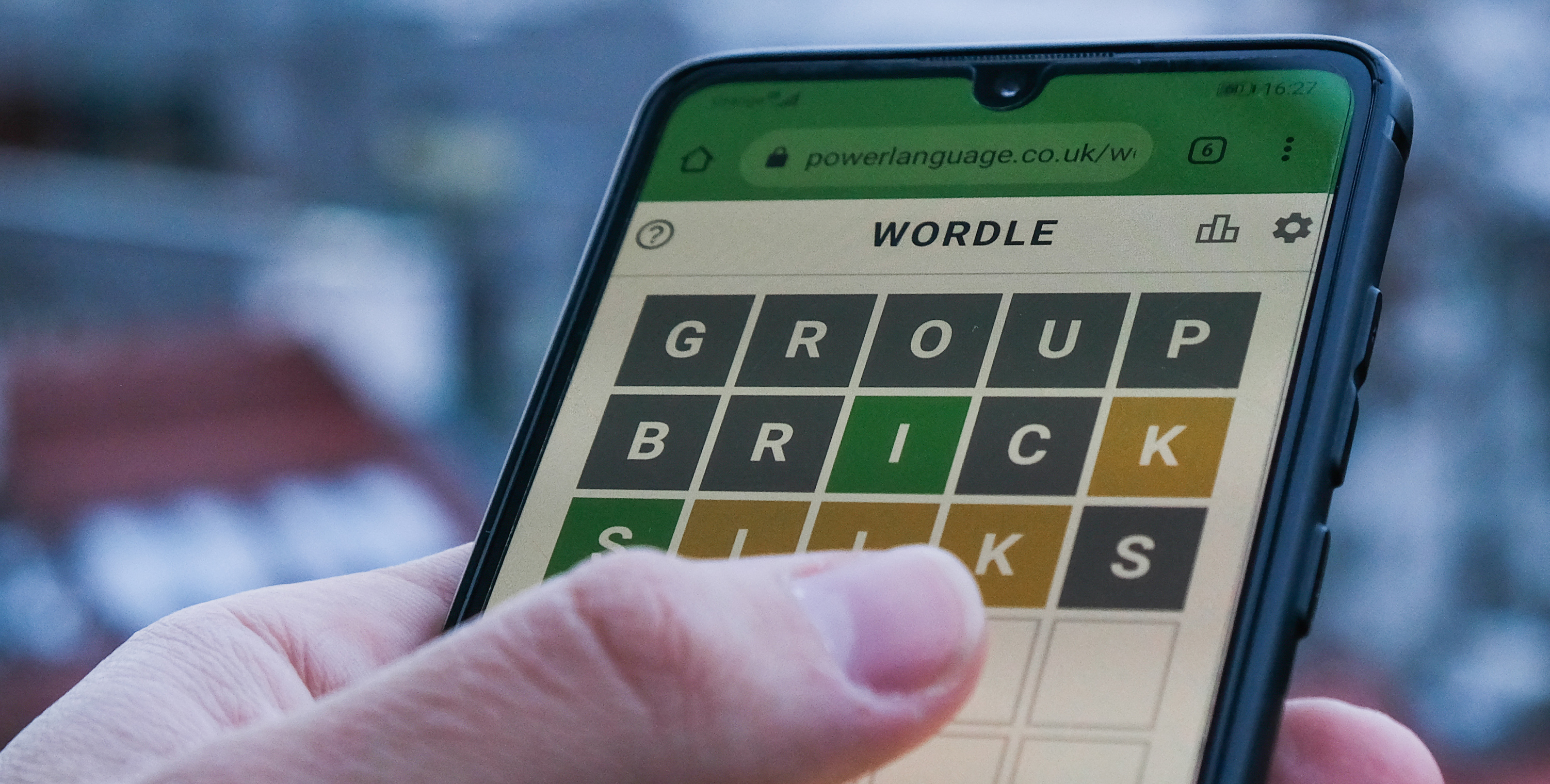
Over the course of our month long coverage of Lords of the Fallen, we’ve dived deep into the Umbral/Axiom dual realm mechanic, went over some vital combat tips, and talked about the ways in which the developers at Hexworks are aiming to innovate upon the standard Soulslike formula. But one important element that we’ve only briefly touched upon has been the magic system of the game. And so, let’s correct that oversight and breakdown how magic works in Lords of the Fallen.
Three Schools of Magic
In this new Lords of the Fallen, there are three schools of magic, each tied to one of the three warring Gods at the heart of the story. There’s Rhogar, which is the magic of the god of Chaos Adyr; Radiant, the holy magic of the god Orius; and Umbral, the magic of the goddess that rules the Umbral realm. Each school of magic has their own unique type of catalyst that you’ll need to equip in order to wield it, but you’re free to specialize in whichever you want. Of course, that choice largely will come down to your own stats and what kind of build you’re aiming for.
There are two core magic stats when it comes to magic scaling. Infernal is what players will want to sink points into if they want to specialize in Rhogar pyromancy, and Radiance is the stat for Radiant magic. Interestingly, Umbral magic actually scales with both of them, so you’ll have to make that choice of whether you want to go full Pyromancy, full Radiance, or double dip into both so that you can go big on Umbral magic.
As for the spells themselves, as you might imagine, Rhogar spells focus on big explosive damage, with basic fireballs that deal big AOE damage, damage over time flame throwers, a hail of meteors, and even a summon that causes fire dogs to fight for you.
Radiance spells are more focused on buffs and heals for the most part, but they still have plenty of ways to deal damage as well. You’ve got a lightning bolt projectile, a short lived lightning lance laser beam style spell, and a lightning orb spell among others.
Every spell that you see an enemy use against you, you can learn a variation of for yourself.
And finally Umbral spells seem to be far slower moving, but still pack quite a bunch once they find their way to their target. We’ve seen an ability that coats your weapon with umbral power, a spell that calls up a series of bombs that explode a short distance away from the caster, and a timed bomb that moves a short distance and then explodes for massive damage.
This is just a small handful of the spells that players can expect to wield in Lords of the Fallen. The developers assured me that the list of spells is extensive, and in fact, every spell that you see an enemy use against you, you can learn a variation of for yourself. And we’ll come back around to that shortly.
Balancing Spellcasting
One of the challenges of implementing magic systems in a soulslike is that it’s hard to find that sweet spot of making magic feel strong and satisfying, without making it feel overpowered. If you make it too weak on the other hand, then you run into the opposite problem of making it hard to justify the sacrifices that a player must make with their stat allocation in order to properly utilize magic.
To that end, the developers of Hexworks have balanced magic to be strong, but also have enemies that have natural resistances to the elements. At the beginning of the game, for instance, you’ll run into a bunch of enemies that are resistant to Rhogar spells, making it a tough early going for anyone who tries to go heavy on pyromancy, but once you’re able to get through that section, you’ll have a much smoother time until you start running into those fire resistant enemies again. On the flipside of that, there are also areas where Radiant magic will be strong and weak. Essentially, there’s no one-size-fits-all solution when it comes to magic, and there are occasions where you may find yourself having to change up your strategy to deal with certain enemies in various regions of Lords of the Fallen’s world.
There’s no one-size-fits-all solution when it comes to magic.
Beyond those three main schools of magic, there are also secondary types of magic, such as frost, poison, and so on, which you’ll generally be able to utilize by finding specific items that can be thrown or applied to your weapon, and each of those will also be strong or weak against specific enemies as well, so there’s a lot of room for experimentation when it comes to finding the right type of magic to deal with enemies within a region.
Acquiring New Spells
With so many spells to learn, it begs the question, how do you obtain them? Of course, there’s the tried and true method of simply finding them by exploring the world, opening chests, and finding shinies out in the wild. But what was interesting to me was that there’s also a Castevania: Dawn of Sorrow-like system as well. Killing certain enemies also gives a percent chance that you’ll be able to loot *their* particular spell, because as I said before, every spell you see is a spell you can learn.
In addition to that, bosses will have remnants to discover after you’ve defeated them, and if you Soul Flay that, you’ll be able to take that to an NPC back in your hub, who will be able to transform it into either some sort of reward. Sometimes that’s a unique weapon, and sometimes, it’ll be a powerful spell that the boss uses.
And that’s currently everything there is to know about magic in Lords of the Fallen. Everything else you’re going to have to learn for yourself when Lords of the Fallen releases on PlayStation 5, Xbox Series X|S, and PC on October 13, 2023.
Mitchell Saltzman is an editorial producer at IGN. You can find him on twitter @JurassicRabbit





